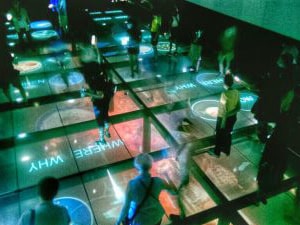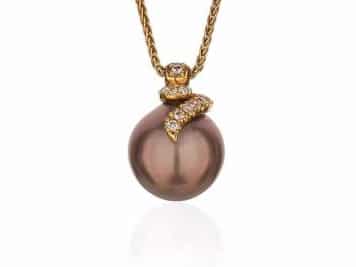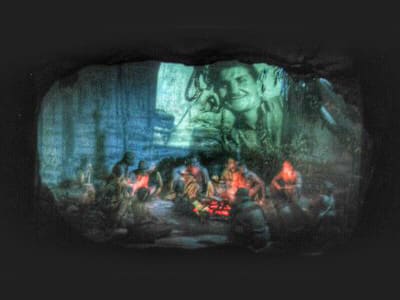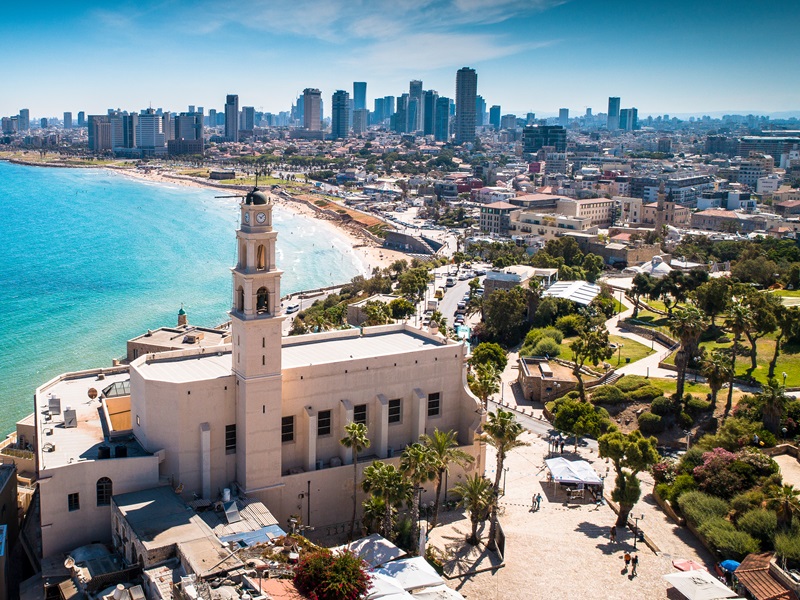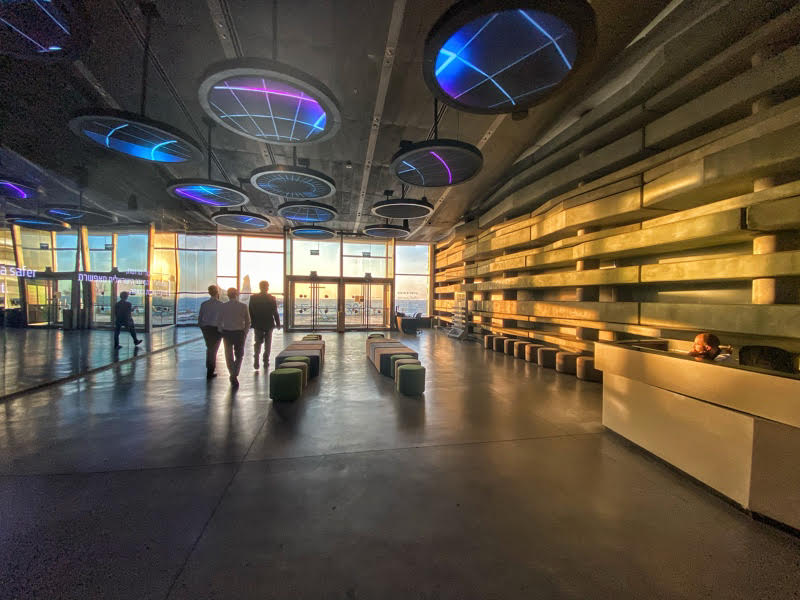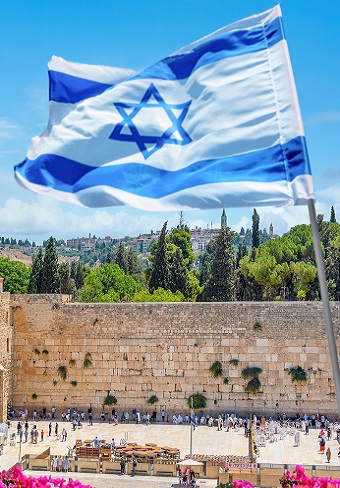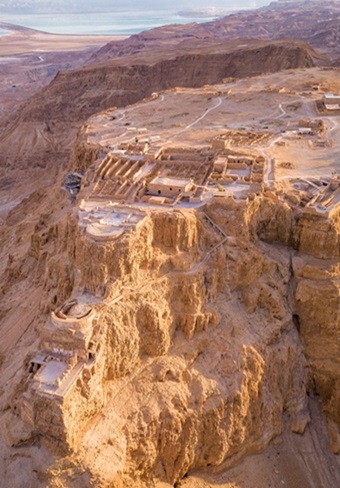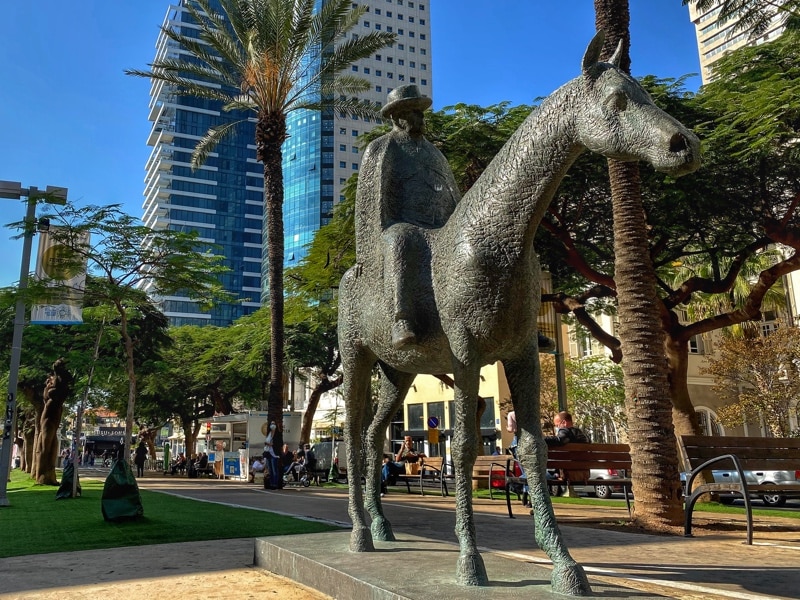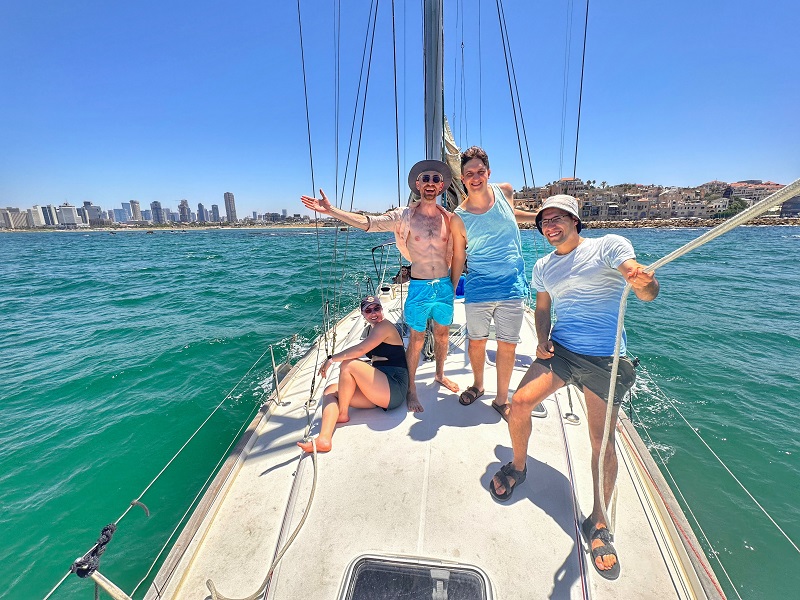Jaffa’s Catholic Saint Peter Church
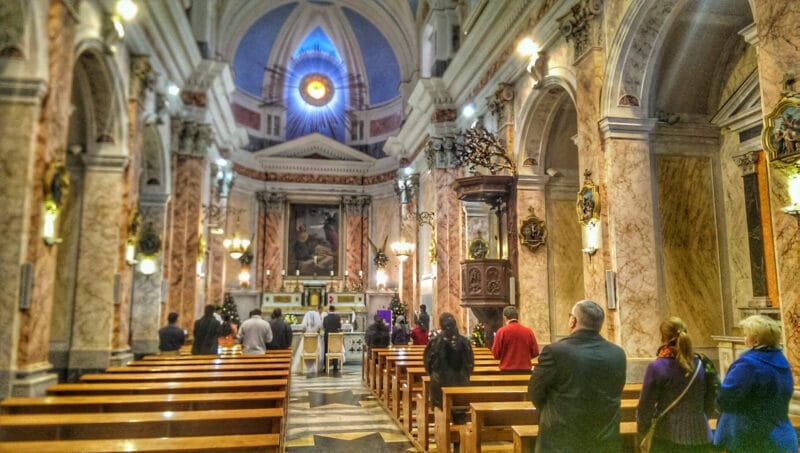
Perched on a hill above the city’s port, Saint Peter’s church is a remarkable church complex built over Old Jaffa‘s medieval citadel. Named after Saint Peter, the church marks the significant vision of Peter in Jaffa, resulting in abolishing Kosher rules.
Peter’s Vision in Jaffa
The Book of Acts records Jaffa as where one of the most significant events in Christian history occurred. Acts chapter 10 records an Angel instructing Peter to eat unclean animals:
9 About noon the following day as they were on their journey and approaching the city, Peter went up on the roof to pray. 10 He became hungry and wanted something to eat, and while the meal was being prepared, he fell into a trance. 11 He saw heaven opened and something like a large sheet being let down to earth by its four corners. 12 It contained all kinds of four-footed animals, as well as reptiles and birds. 13 Then a voice told him, “Get up, Peter. Kill and eat.” 14 “Surely not, Lord!” Peter replied. “I have never eaten. anything impure or unclean.” 15 The voice spoke to him a second time, “Do not call anything impure that God has made clean.” 16 This happened three times, and immediately the sheet was taken back to heaven. (Acts 10:10-23).
History of the Saint Peter’s Church
The Crusaders fortified Jaffa and erected a citadel at its highest point; however, later, the Muslims destroyed it. The Saint Peter church was built in the late 19th century CE over the citadel’s medieval remains and subsequent churches. Completed in 1894 and sponsored by Spain, its façade resembles contemporaneous Spanish churches from Latin America. The Baroque-style interior includes various scenes from Peter’s life, as well as images of Spanish saints. Unlike most churches, Saint Peter’s Church in Jaffa faces west, towards the sea. This unusual orientation relates to Peter’s vision, which appeared from the sea. It also alludes to his subsequent sail to Rome in the west.
Visiting Jaffa’s Saint Peter Church
The church is open every day of the week. It serves a small local community and pilgrim groups. Next to the church’s sacristy are two rooms said to be remnants of the Crusaders-era citadel. Here Napoleon stayed after conquering Jaffa in 1799.
The Stone From Caesarea-Philippi
A big rock on top of the church’s façade was brought especially from Caesarea-Philippi. The rock resonated with the event that took place in the vicinity of Caesarea-Philippi (today’s Banias), in which Jesus titled his favorite disciple – Peter, “And I tell you that you are Peter, and on this rock, I will build my church..”(Matthew 16:17). In the Greek version of the story there is a play of words, as “Petrus” in Greek, means – rock. Being so, the rock on top of the church symbolizes both Peter, and his solid faith in Jesus.
A tour of Saint Peter’s Church in Jaffa can be combined with a guided day tour to Jaffa and Tel-Aviv.
